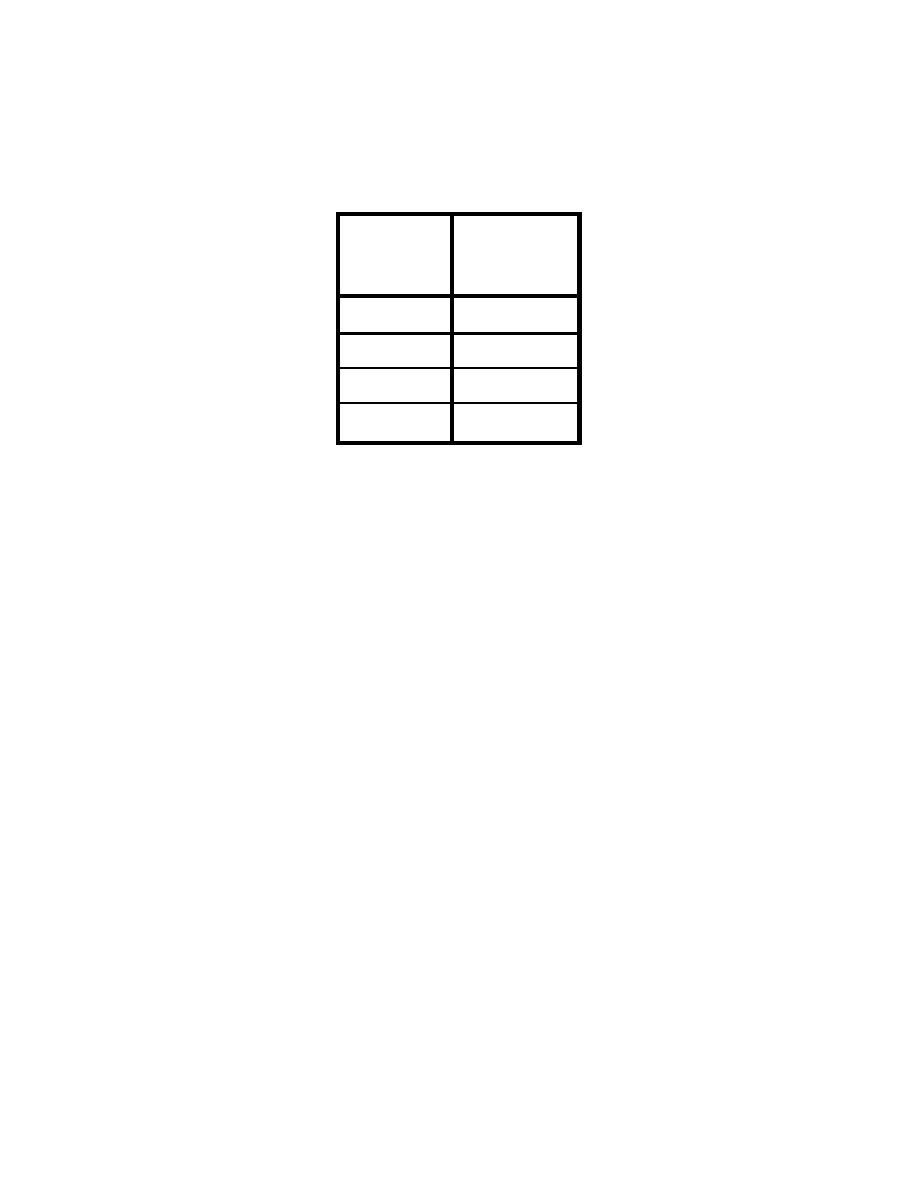 |
|||
|
|
|||
|
Page Title:
Table 1-8. Critical violation limits by facility type |
|
||
| ||||||||||
|
|  MANUAL OF NAVAL PREVENTIVE MEDICINE
the PMA will increase the frequency of inspections for the food
establishment until compliance history significantly improves.
Table 1-8.
Critical violation limits by facility type
Facility
Critical
Type
Violation
Limits
1
2
2
4
3
7
4
7
6-4.3 Debiting Methodology
It is essential to standardize the inspection process. The following
process specifies what constitutes a violation of the NAVMED P-5010-1:
a. Items are marked as violations on the inspection report when they
clearly exist in the food establishment. A violation represents a
deviation from a NAVMED P-5010-1 provision. Slight violations, such as one
dirty utensil among thousands of clean ones, does not indicate that the
establishment is significantly deviating from the requirement to use clean
utensils.
b. Each violation of a NAVMED P-5010-1 provision is reported as a
separate item on the inspection report. This does not mean, however, that
each instance should be considered a distinctly separate reportable
violation. Some discretion is warranted when preparing the inspection
report.
(1) For example, a cooler with mechanical problems may result in a
dozen or more potentially hazardous food items being held at unsafe
temperature. It may categorically be considered a malfunctioning
refrigeration device under Cooling, Heating, and Holding Capacities,
because repairs are needed to bring the unit into compliance. The food
temperature violation is also cited only one time under, Potentially
Hazardous Food, Hot and Cold Holding. Additionally, each food out of
acceptable time/temperature range should be discarded by the food
establishments manager and disposition noted on the report.
(2) Alternatively, the unit may be properly functioning, but
122
|
|
Privacy Statement - Press Release - Copyright Information. - Contact Us |